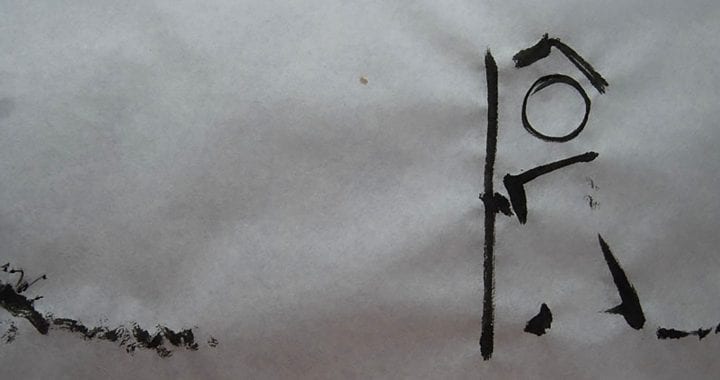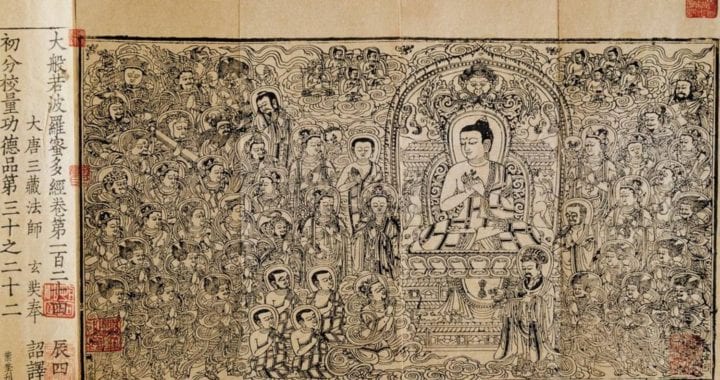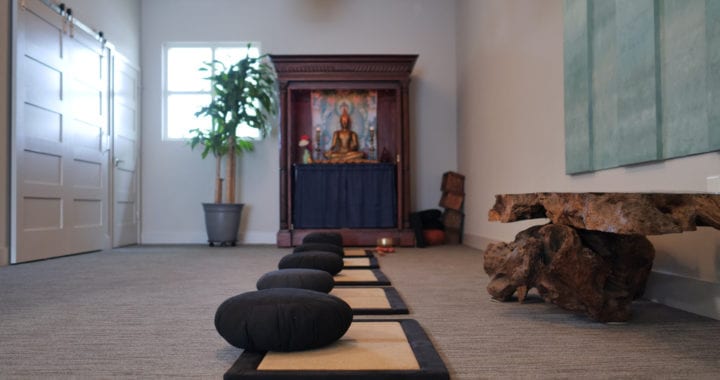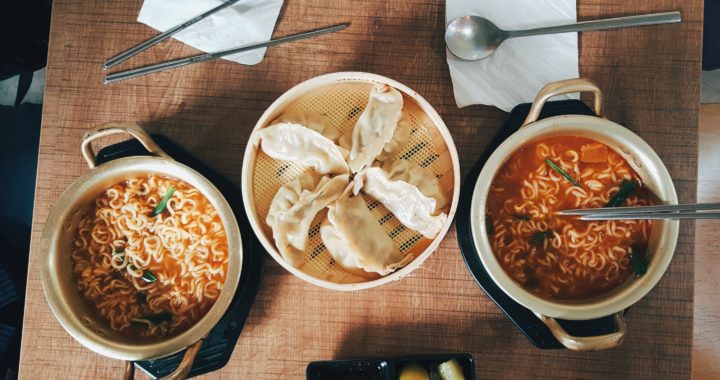For there is nowhere that is outside the Buddha-Mind I invite you to join me in reading and reflecting on the teachings of Haungbo. This series will use either ” Zen Roots – The First Thousand Years “ by Red Pine or ” The Zen Teaching of Huang Po: On the Transmission of Mind “ translated by John Blofeld. If you are using the John Blofeld translation you will notice his use of the word ” Void ” as in ” it is […]
Tag Archives: Dharma Study
Huangbo -Transmission Of The Mind – Intro
Dear Friends, Welcome to the New Year and our study series on the Teachings of Huangbo. The text we will be exploring is a record of a series of talks given by Huangbo in the fall of 842. The talks were recorded by an official named Pei Xiu. There are two translations that you may use for our study series. The first is The Zen Teaching Of Huang Po On The Transmission Of Mind by John Blofeld. The second can be […]
Leting go is freedom
Letting go is walking in the footsteps of Buddha. Let it be what it is, letting go is letting go of a diluted view.
Exploring The Transmission of Mind with Huangbo
Good Friends, In the New Year, I will share a series of posts on the ‘Transmission of Mind’ by Master Huangbo (Similar to the series we did in August of the ‘Platform Sutra of Hui-neng‘). This series will primarily use the Book ‘Zen Roots – The First Thousand Years‘ by Red Pine as its main study text (There is a link to purchase the book on the website). Another good translation is ‘The Zen Teaching of Huang Po: On the […]
The Gates Of Zen
The vehicle of Buddhas…
Empathy and Compassion Are Not The Same
There is no giver or receiver with true compassion.
The Perfection of Patience
The Diamond Sutra teaches us about right understanding, right action, and the perfection of patience.
Not Two, The Heart Mind
We walk as Two but are ‘Not Two’. The Heart Mind, beyond duality.
The wonderfully useless practice that can save your life
Sitting still and meditating can change the trajectory of your life. Zen Meditation Practice Sessions Offered at OZS
Unconditioned Nirvana
The fashionable appropriation of Non-Duality and Mindfulness is just the froth and not the soup!








